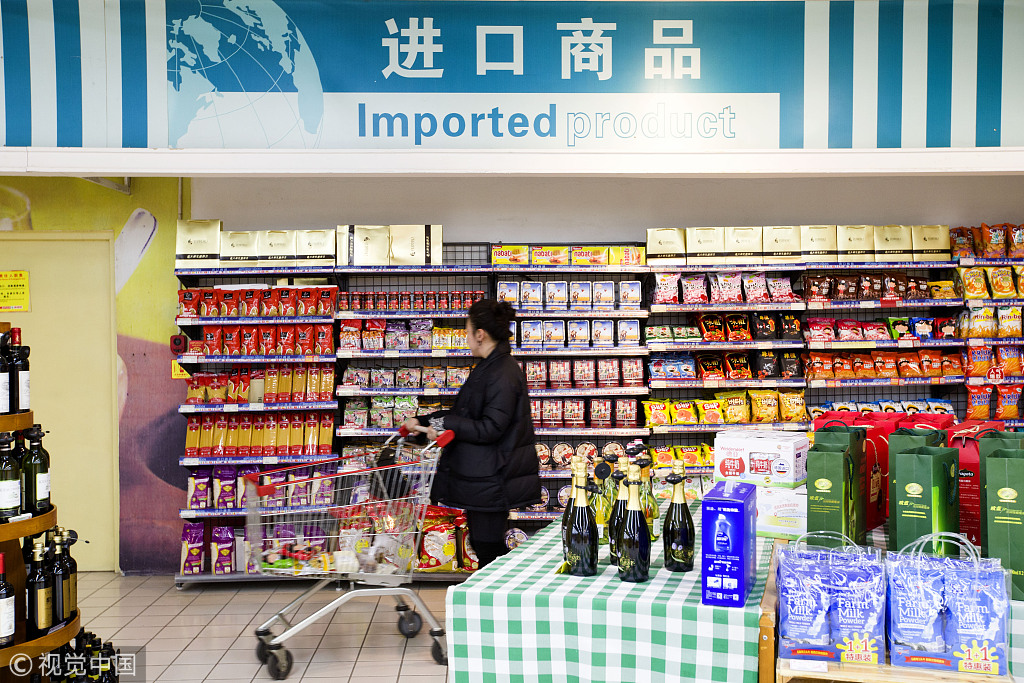China's FMCG market slows down post-pandemic


The growth of China's FMCG market has slowed down in the post-pandemic era, but businesses has seen signs of recovery, according to a survey released on Wednesday by NielsenIQ, a global monitoring and data analysis company.
NielsenIQ's report shows that omni-channel FMCG growth was challenged in the past year, with similar online and offline growth rates. O2O instant retail and livestream e-commerce are still in infancy but demonstrate strong growth momentum.
In 2021, O2O new retail only accounted for 2 percent in the online gross merchandise volume, but for the period from January to October 2022, the sales amount rose 23 percent year-on-year, representing 7 percent of offline modern trade channels.
Over half of the respondents said that the overall performance of their companies was better than what they expected in the beginning of the year, and they were quite optimistic about the Chinese economy, their industries, and their firms.
In addition, the report indicates that livestream e-commerce has become a new sales model that spurs the growth of consumers, and it still has room for growth in users and sales volume. The conversion rate of livestream e-commerce, nearly 70 percent, is approaching that of traditional e-commerce.
The report emphasized that innovation has always played a vital role in the development of China's FMCG market. "Brands should focus on core value innovation, refine and implement appropriate price increase strategies, and seize the opportunity of channel "transformation" and "modernization" in the next five years to improve efficiency." said James Luo, Vice-President of NielsenIQ China.
NielsenIQ's research points out that, in the post-pandemic era, brands shall focus on innovations with long-term value that could enhance their core functions to achieve further growth in the market.
A new way to save money is innovation by fitting in a new lifestyle and helping consumers to save money, such as change to instant coffee in the place of cafe, swap in instant noodles instead of restaurants and search for cheaper beauty solutions to do at home instead of the salon.
Innovation also requires brands to ride on the shift of macro social environment and follow the trend, seizing new development opportunities for many categories, such as pet consumption and separate pack mouthwash. Moreover, hotel and restaurant consumption is expected to shift to new scenes in the post-pandemic era, such as camping and frisbee activities, giving rise to new consumption scenarios.
Reasonable channel layouts are another key approach to bringing growth opportunities for old products. NielsenIQ statistics show that in the next five years, offline sales channels will help brands grow faster. For example, large supermarkets, chain supermarkets and convenience stores have grown 14.3 percent, 22.3 percent and 0.2 percent respectively from 2019 to 2021.
He Jingwei contributed to this story




































